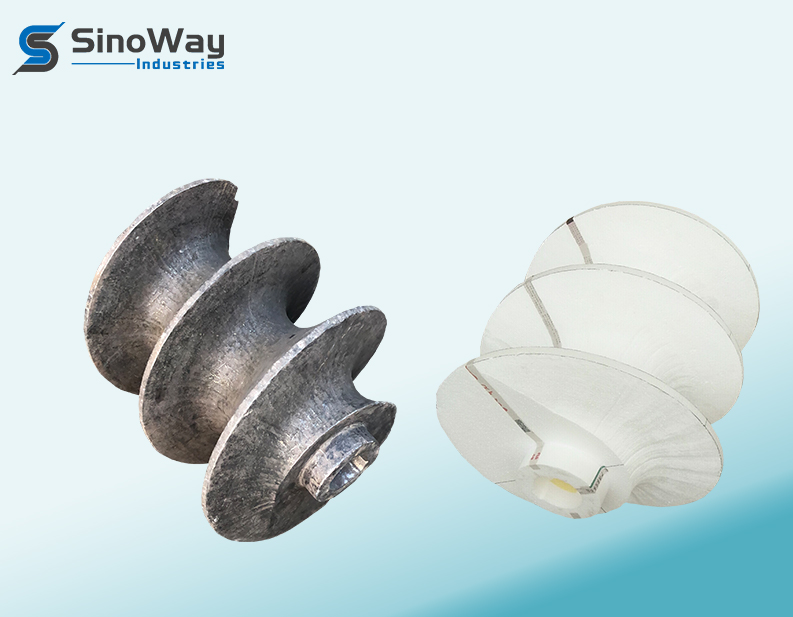Sinoway offers lost foam casting production services and custom products manufactured through this casting process.
The lost foam casting process is similar to investment casting, except foam is used for the pattern instead of wax. This process simplifies the investment casting process by removing the need to melt the wax out of the mold because polymer foams have a lower boiling point.
Sinoway has developed the lost foam casting process for more than ten years. We can improve metal casting products with more accurate dimensions and smoother surfaces by applying lost foam casting instead of the sand casting process. As a metal casting service supplier, we equipped the foundry with advanced testing instruments such as molten metal analyzers, spectrometers, and metallographic microscopes to guarantee the casting metal’s grade and mechanical properties.
And we usually apply the lost foam casting process to manufacture larger products. The casting materials include cast irons, carbon steels, and some alloyed steels. Meanwhile, we have our own CNC machining workshop, where we can make the after-casting machining of the casting blanks to meet the customers’ one-stop requirements.
If you have a metal part that needs to be customized, either for prototype or mass production, contact us now and immediately enjoy our services.
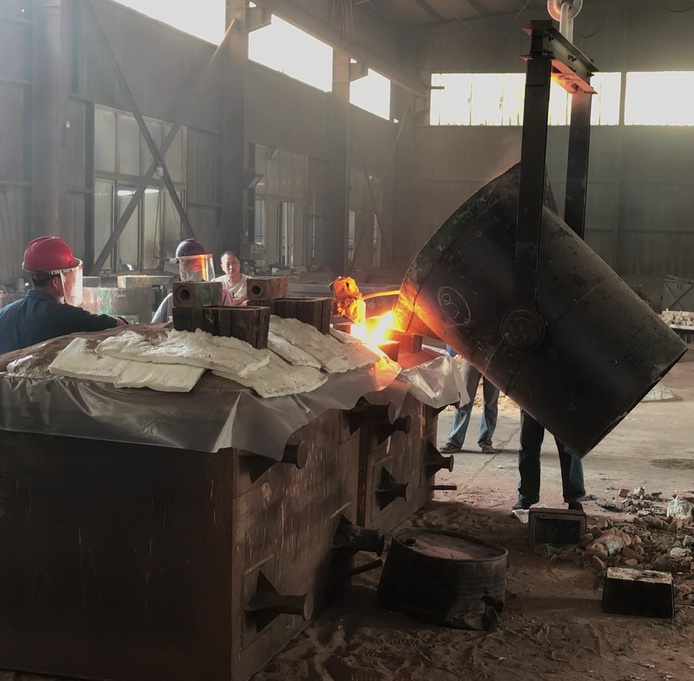
What is a lost foam casting process?
Lost foam casting is a new modern casting method. Firstly we need to make foam patterns(made from polystyrene) and bond them together to form pattern clusters to prepare for the following casting process. And the foam clusters need to be coated with refractory paint and wait to be dried. After that, we will bury them in dry quartz sand and vibrate them to shape. While pouring, the molten metal vaporizes the foam, fills up the entire cavity under negative pressure, and forms the casting workpiece after solidification and cooling.
The molten metals applied for the lost foam casting process include cast iron, carbon steel, and some alloyed steels. Large-sized parts up to several tons apply to this process too.
There are several procedures involved in the lost foam casting process.
1. Pattern making – Design and create the polystyrene foam patterns via hand cutting or machining processes. If there is a large volume production, we usually make a metal die to inject the pre-expanded polystyrene beads to form a pattern. And if necessary, we can also bond the single foam patterns to create a foam cluster via hot gluing.
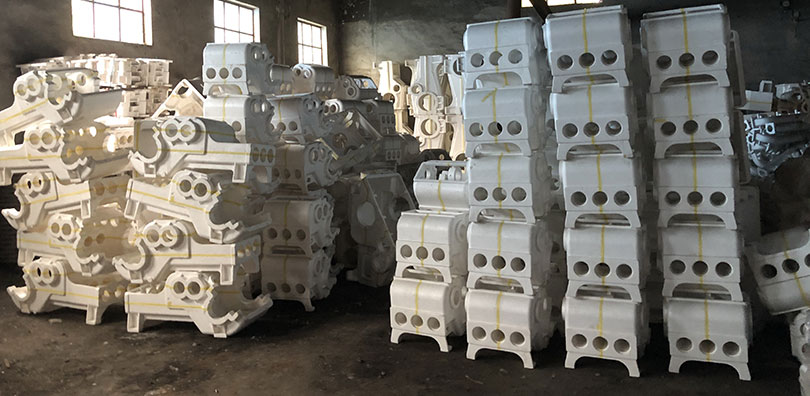
2. Foam coating – The foam cluster will get coated with the refractory paints via dipping, brushing, or spraying. The coating materials need to have good performance, and mostly it needs to be strong enough to prevent sand erosion and deformation while pouring. Meanwhile, the permeability is another crucial point, and it allows the gas created by the vaporized foam pattern to escape through the coating and into the sand. And these coated foam clusters need to be dry before being placed into the casting flask.
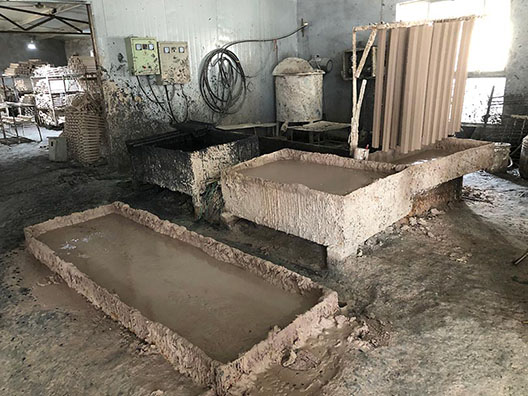
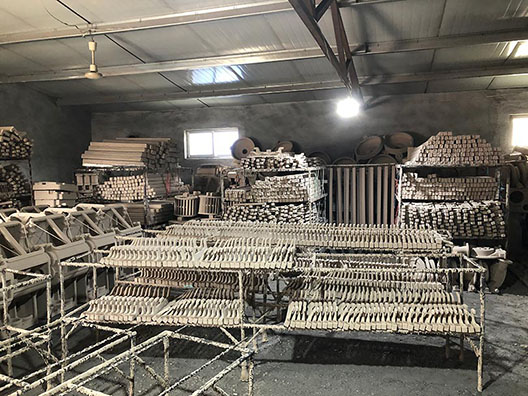
3. Pouring – Place the foam clusters into the casting flasks and fille up the flasks with dry and unbonded sand. And once the sand is compacted, the mold is ready to be poured. Melt the desired metal and pour it into the mold through the gates left open outside.
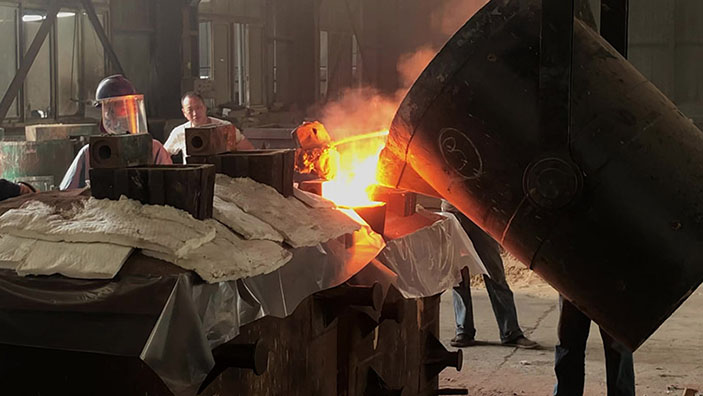
4. Castings divesting – After the castings get cooled, we need to get the castings rid of the sand, and sand-blasting is always necessary to make the surface clean and smooth;
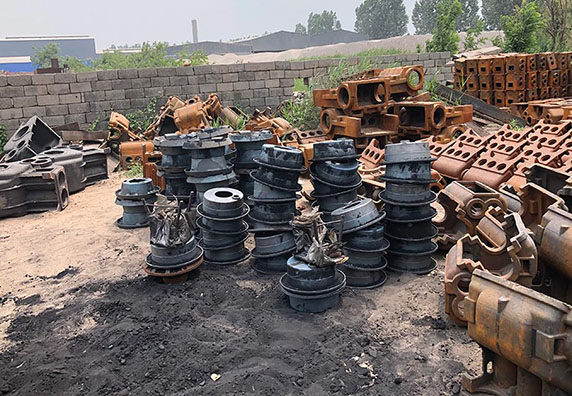
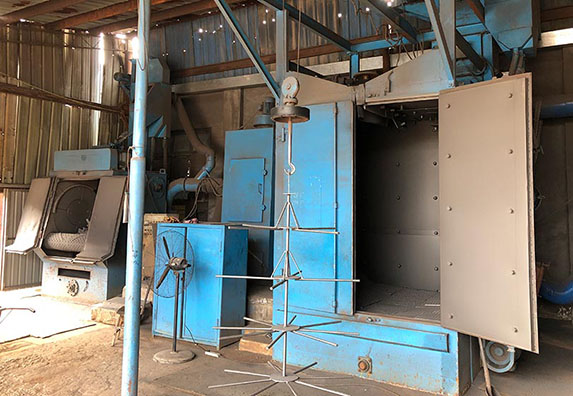
Advantages of the lost foam casting process include
- High accuracy of the dimensions
- Better surface roughness than sand casting
- Easy sand divesting because of the dry and unbonded sand
- None mold parting lines
- High production rate
- Low labor cost
- Suitable for products with complex shapes and structures
Why Choose Sinoway for your metal casting project?
Based on more than 20 years of practice, and overall technical support from our rich-experienced engineering team, Sinoway can supply customers with the most optimal solution to choose the right casting process and material, which expects to save 10% cost for their project. Meanwhile, due to our service team’s quick response, we are always there whenever you need us, saving time for both of us.
Benefits of Sinoway cast foundry include:
- Our production facilities can make both cutting foam and injecting foam patterns, equipped with electric induction furnaces up to 2T and testing instruments including molten iron chemical composition analyzer and spectrometer, and metallographic microscopes.
- Sinoway can manufacture castings made of all kinds of metal alloys. We can meet all your requirements for prototyping and mass production.
- A technology supporting team that includes both hands-on production engineers coming from the workshop and professional design engineers from modern universities;
- In addition to the lost foam casting lines, Sinoway also has other metal casting processes, including sand casting, lost wax investment casting, shell mold casting, and die casting. And Sinoway also supplies other metal part production lines such as sheet metal stamping, drop forging, CNC machining, Welding, and surface treatment to meet customers’ demands for one-stop service of manufacturing the complete set of their products.

Quality control policy of Sinoway foundry
Sinoway has established our quality management policy strictly following the ISO 9001 standard in the casting foundry. We require every step of the order execution to be managed and controlled according to this policy to provide customers consistent quality products and services.

Our quality management policy includes the following aspects.
- Molten metal composition analysis before each casting procedure;
- Sample quality inspection, including dimensions, chemical composition, and mechanical properties;
- Mass production casting procedure monitoring;
- Quality inspection after mass production;
- Packaging and transportation inspection;
- All tests must have traceable inspection reports on file.
Win-Win Cooperation
With our specialty in metal parts production, we have been serving many customers engaged in different industries like Home Appliances, Construction, Automobiles, Heavy Equipment, etc.




